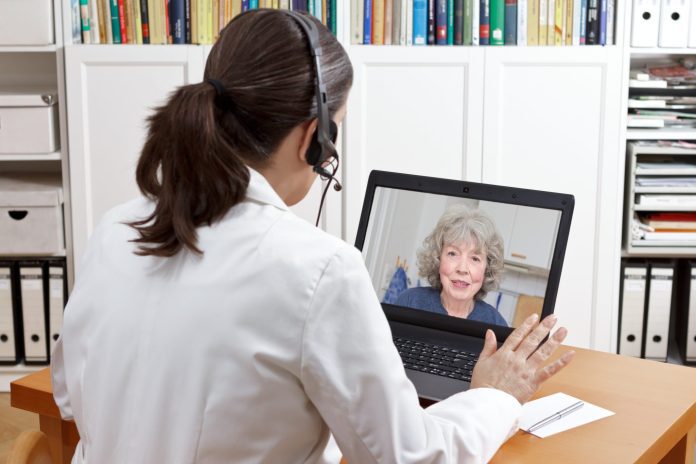If connected healthcare becomes a primary delivery method, what about the 3 billion unconnected people?
For more on the state of connected healthcare, download this free report.
Lack of access to reliable broadband internet service is a global problem. At the end of April, Data Reportal found there were 4.72 billion global internet users and the number is growing. However, that means there are more than 3 billion people that are not online with the majority of those people located in India, China, Brazil, and on the African continent. As such, the vision for widespread use of connected healthcare is directly correlated with the end user having access to the internet. To draw a parallel, the shift to remote learning during the COVID-19 pandemic helped students maintain educational continuity but only if they had access to broadband and a device at home; closing the homework gap came into focus in the past 18 months, with governments and companies subsidizing device and broadband service expenses.
Given that lack of access to broadband is a global issue with no single clear solution other than massive investment, a variety of stakeholders are engaged in individual and collaborative efforts geared toward expanding the availability of connectivity. The World Economic Forum is looking to better address the issue via its EDISON Alliance, a working group established in February in an effort to “accelerate and foster unprecedented collaboration between the ICT community and other critical sectors of the economy” with an eye on “rapid digital development.”
More connectivity equates to more connected healthcare opportunities
During the virtual Davos Agenda event earlier this year, WEF Founder Klaus Schwab commented: “The time for gradual change toward digital access and adoption is over. We must highlight the critical nature of this challenge as foundational to so many others—and bring those who care about education, health, climate, equality and growth to also be champions in our mission to bring connectivity to all.”
Verizon CEO Hans Vestberg serves as EDISON Alliance chairman. He tied the group’s goal to telehealth, remote work and distance learning prompted by COVID-19, saying in February that these connected use cases have “leapfrogged at least five to seven years in digital inclusion in the world…Everything has basically changed.” Vestberg also tied expanded broadband access to the United Nations Sustainable Development Goals—number three of 17 is “good health and well being”—saying the goals are all “underpinned by the mobility, broadband, and the cloud. But we also need to be clear that work that government, private sectors, different industries, ICT sectors, have done in the last nine to 12 months is just unheard of…[but] still it’s over 3 billion people on this earth that are not online.”
Specific to the physical infrastructure needed to expand broadband access, bridging the digital divide doesn’t just have to do with cellular radios, terrestrial fiber, powerful core networks, or any one other network domain. In an interview, Facebook Vice President Dan Rabinovitsj said, “There’s no silver bullet to solving the world’s connectivity challenges.” That’s why Facebook Connectivity, the division of the social media giant focused on working with partners to develop scalable, cost-effective connectivity solutions, is taking a multi-faceted approach with recent announcements highlighting investment in fiber in Africa and South Asia; integration of its open source packet core software with Amazon Web Services’ edge compute offering; and ongoing work with partners on Open RAN reference designs to help accelerate adoption of disaggregated radio systems at scale.
Rabinovitsj said Facebook Connectivity spends its time and money on “things that we believe will inflect the market. What we do is really focus on making partners successful. We want good outcomes and sustainable businesses as a result of that…That for us looks like success.” As operator commitments to deploy Open RAN systems accelerates, Facebook worked with partners on the Evenstar RAN reference design software for open 4G and 5G radio access networks. The company’s Magma packet core software was brought under the auspices of Linux Foundation earlier this year. Rabinovitsj pointed to Magma-related activity on GitHub as indicative of the heightened level of interest around cost-effectively customizing crucial core software functions. On the transport front, Facebook and partners 2Africa and Liquid Intelligent Technologies, are working to bring connectivity to more of the Democratic Republic of Congo by deploying 2,200 kilometers of fiber, linking East and West Africa. “If there’s one place on earth with the fastest growing population and most acute need to leapfrog, it’s Africa,” Rabinovitsj said, adding that there are Open RAN conversations happening with operators on the continent but the fiber problem needs to be solved before the wireless problem.
Big picture, Rabinovitsj said, “When we work on infrastructure problems, we’re going to the core of capex and opex challenges. I think the more we invest here, the more good stuff happens.”
Click here for a look at connected healthcare and the digital divide from Kajeet.

